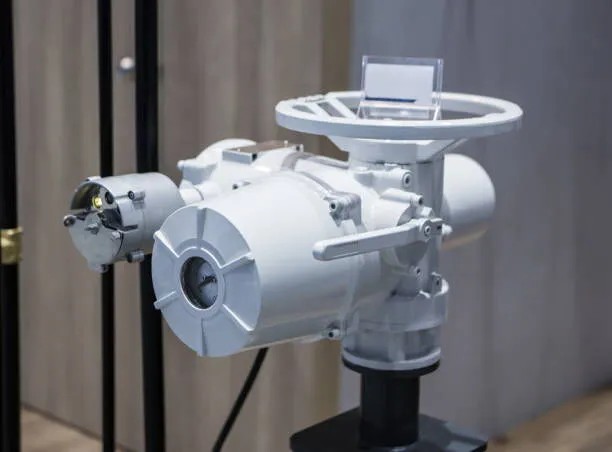We are a Leading Control Valve Manufacturer in China, Providing High-Quality Valves and Actuators Engineered to Meet a Wide Range of Industrial Applications.
Control valve actuators are essential components in fluid management systems, responsible for precisely controlling flow, pressure, and temperature. Choosing the right actuator—whether pneumatic, hydraulic, electric, or manual—is vital to ensure safety, efficiency, and reliable operation across industries like oil and gas, chemical processing, water treatment, and HVAC.
What Are Control Valve Actuators?
Actuators convert control signals into mechanical motion to move valves, regulating fluid flow automatically or manually. They are critical to modern process automation and control.
Types of Valve Actuators
- Pneumatic & Hydraulic (Quarter-Turn)
- Operate valves requiring a 90-degree rotation (e.g., ball, butterfly valves). Provide fast, precise movement using compressed air or hydraulic fluid.
- Pneumatic & Hydraulic (Multi-Turn)
- Designed for multi-turn valves like globe or gate valves. Offer high torque for slow, controlled valve positioning.
- Electric (Multi-Turn)
- Common in automated globe and gate valves. Known for precise control and easy integration with digital control systems.
- Electric (Quarter-Turn)
- Used for ball and butterfly valves. Offer reliable, compact operation with low maintenance.
- Manual Actuators
- Hand-operated via wheels or levers. Cost-effective for backup or non-automated applications.
Key Factors for Selecting Control Valve Actuators
1. Differential Pressure Limits
Verify the valve’s maximum differential pressure against the actuator’s allowable range. For higher pressures, consider enhanced actuator thrust, modified valve trims, or specialized actuators.
2. Electric Actuator Sizing
Ensure the electric actuator’s thrust matches or exceeds pneumatic counterparts. Confirm compatibility with valve torque requirements, especially under maximum pressure.
3. Estimating Outlet Pressure
Two common methods help determine outlet pressure for sizing pneumatic actuators:
- Method A: Assume outlet pressure near zero for inlet pressures under 100 bar; use atmospheric or liquid level pressure for higher inlets.
- Method B: Calculate outlet pressure as inlet pressure minus differential pressure.
4. Valve & Process Requirements
- Precision: Choose actuators with smooth positioning for accurate flow control.
- Environment: Consider temperature, humidity, and corrosion exposure.
- Speed: Pneumatic actuators are faster; electric actuators offer finer control.
Steps to Choose the Right Actuator
- Assess process conditions (pressure, flow, temperature).
- Select actuator type based on valve and system needs.
- Size actuator for adequate thrust or torque under max pressure.
- Confirm mechanical mounting and signal compatibility.
- Incorporate fail-safe features like spring-return for safety.
Benefits of Partnering with Professional Manufacturers
- Expert Advice: Tailored actuator and valve selection.
- Quality Assurance: Components built to strict industry standards.
- Comprehensive Testing: Validated performance and compatibility.
- Reduced Risk: Avoid failures common with low-cost, unverified suppliers.
Conclusion
Selecting the right control valve actuator is crucial for reliable and efficient process control. Understanding actuator types, sizing requirements, and process needs, combined with expert manufacturer support, ensures optimized system performance and long-term reliability.
Invest in the proper actuator today to enhance control precision, operational safety, and overall system efficiency.Know more about Google SEO Directory





Comments